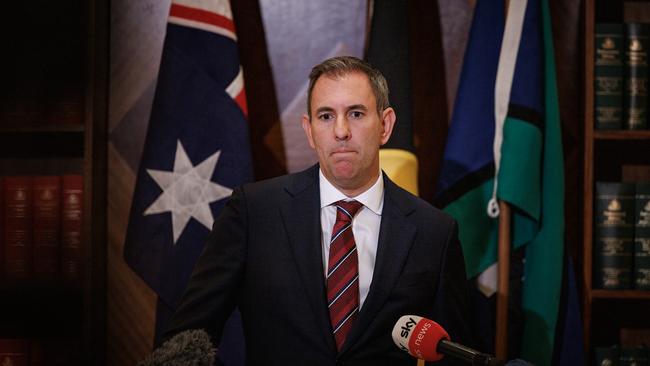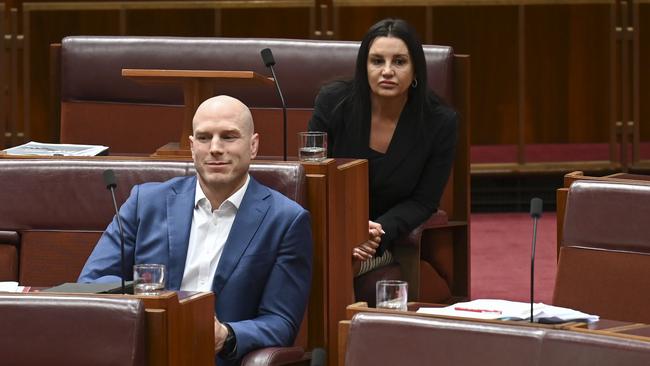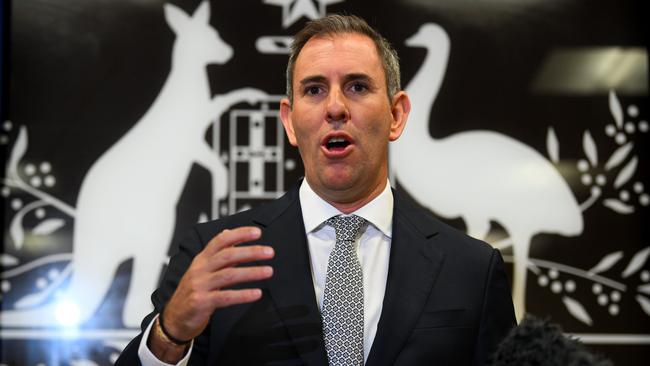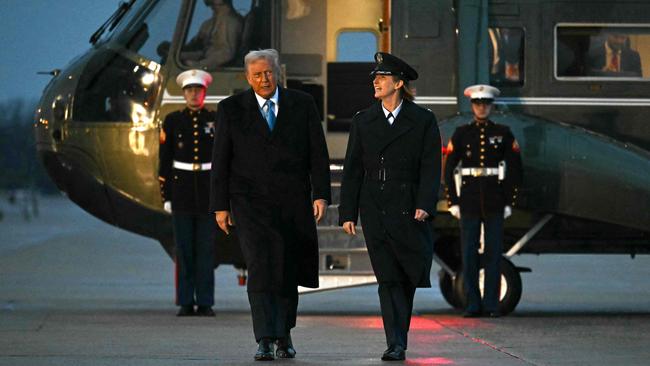
And the concealment methods borrow from the extraordinary successful techniques used by former Victorian premier Daniel Andrews.
The devastation he left in Victoria is nothing to what will happen to the nation if the Chalmers tax passes the Senate and then spreads.
As things now stand, the Coalition, teals and most crossbenchers oppose the Chalmers tax in the Senate, so the nation can be grateful. But others have a different agenda, and it's down to David Pocock and Jacqui Lambie, who have the nation’s fortunes in their hand.

Before I explain how the Chalmers tax concealment works, I want to detail the techniques Andrews used to fool Victorians.
During his decade in office, Andrews embarked on one of the most popular and value for money set of infrastructure projects ever implemented in modern Australia.
Andrews eliminated large numbers of railroad level crossings. And in almost all cases people were thankful because their lives had been improved. He was also the best “one line” political operator in the nation.
The combination of being an excellent political operator and doing something people related to attracted a lot of votes, particularly as the opposition never got its act together.
Now to Chalmers.
After considerable research and community consultation, Chalmers devised a tax of 30 per cent on superannuation income attributed to a person’s superannuation assets above $3m.
There was opposition to the tax, but overall there was widespread community support.
The first Chalmers tax, which can be equated with Andrews level crossings – it ranked as a “good tax” that would help fund major community benefits, particularly in the medical field.
When the tax was first conceived, people naturally thought the 30 per cent on the eligible income would be calculated in the same way as the 15 per cent current tax rate. The $3m cut off point was also to be indexed.
But that’s not what Chalmers did. He and Treasury conceived a totally new and vicious tax – the unrealised gains tax – which also would not be indexed.

People who invested in property shares, new ventures etc would be taxed each year on the increase in the value even though they had not sold the asset.
By concealing the “bad tax” with a “good tax” one can assume that the bad tax, which is not indexed, won’t stop at superannuation balances. It will move throughout the community.
The biggest victims will be those trying to develop a new business and asking for capital to help.
Nobody will invest if they have to sell assets to pay for the unrealised gains tax. And if there is a later loss, they must wait for capital profits to get the money back.
Worse still, the valuation of assets will be left to the Australian Taxation Office to decide and, as we have seen so many times, there are bad as well as good people in the ATO.
If the “baddies” don’t like a particular person, they will do nasty things and valuation will be used as a weapon. The new Chalmers tax will clearly cause a substantial reduction in innovation and productivity in Australia.
Originally, we thought that this new tax was forced on the Treasurer because the industry and retail funds couldn’t calculate conventional income.
We now know this was wrong. It is very easy to calculate conventional income at 30 per cent on superannuation assets over $3m.
All that’s required is to simply put the onus on those with more than $3m in their superannuation funds to make the calculation by investing in funds that can provide the correct calculation.
If there is a problem, give the person an extra year when the return will be based on a deemed rate which can be relatively low.
But in the second year it can be at a punishing rate.
It is very easy for people to invest in superannuation funds – including industry and retail funds – that have moved on from abacus-style accounting systems (apologies to my Chinese friends) to modern calculating systems. It’s not hard.
In campaigning for the “good tax” the Treasurer never explains that his legislation has been framed to conceal the fact that it’s linked to the “bad tax”.
Chalmers can raise most of the money that’s required from the “good tax” and put the “bad tax” in the rubbish tin.
In the next couple of weeks enormous pressure will be placed on Pocock and Lambie and other crossbenchers, claiming that they are stopping medical benefits etc by opposing the tax.
That is simply utterly false.
The 30 per cent tax, if calculated correctly, will raise the money.
There are very few leading countries, if any, that have an unrealised gains tax, which means that we shouldn’t ask for any overseas investment here because our unrealised gains tax will not stop at superannuation.
Fascinatingly, former US vice-president Kamala Harris put an unrealised gains tax in her set of policies. But whereas the Chalmers cut-off was at $3m, the Harris cut-off was $US1bn ($1.62bn).
I suspect that tax induced a large number of American billionaires to back Donald Trump. Once Australians understand that “Daniel Andrews” political tactics are being used to start a totally new tax in Australia, it may have the same reaction.







Treasury and Jim Chalmers are using “sleight of hand” concealment tactics to establish one of the most vicious taxes ever conceived by an Australian government – taxing unrealised gains.